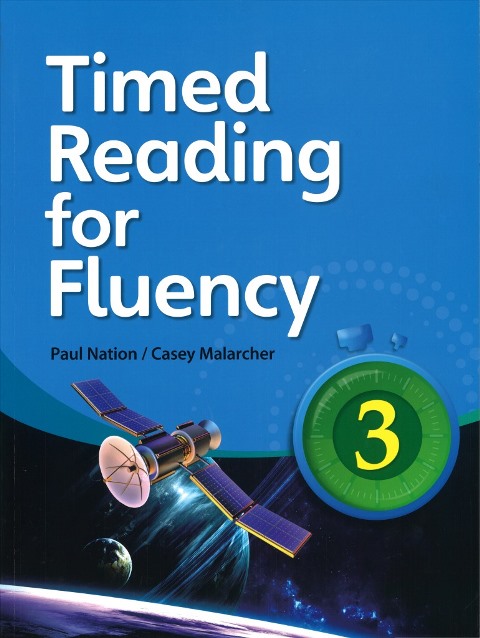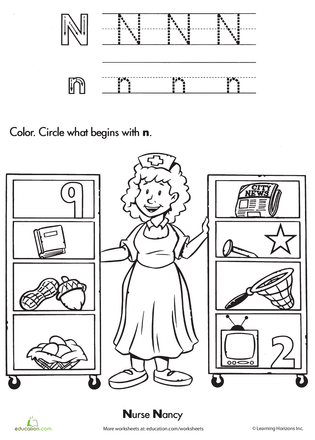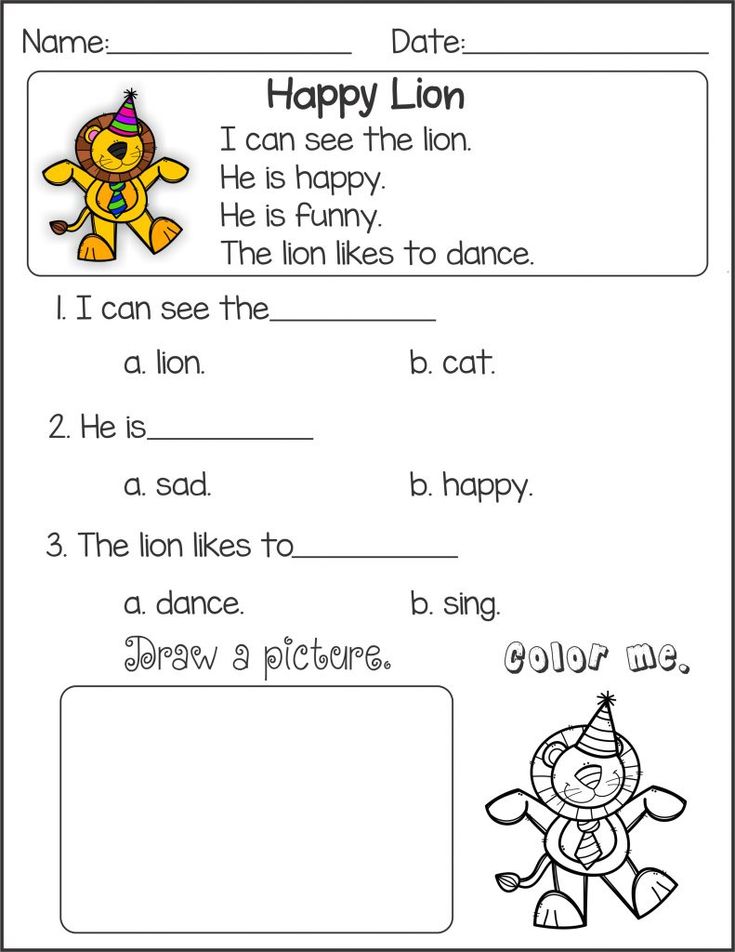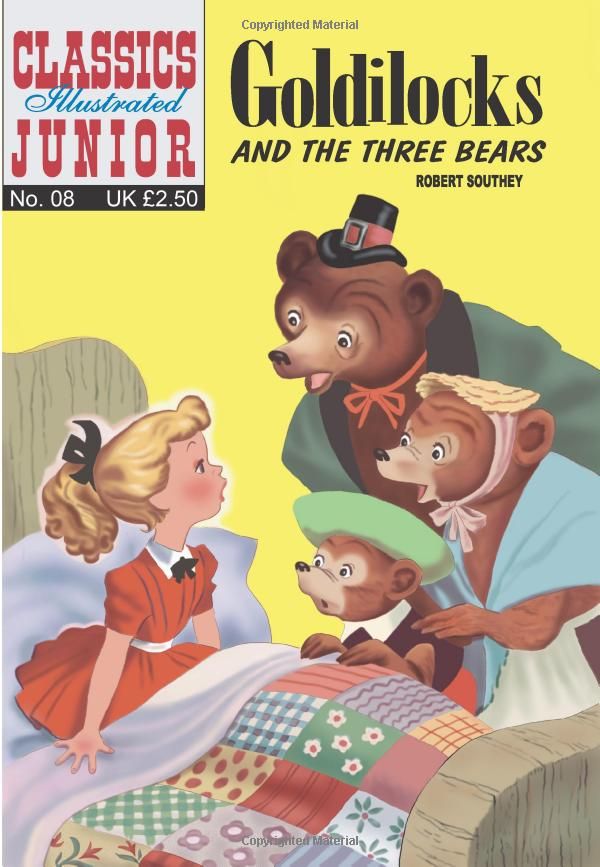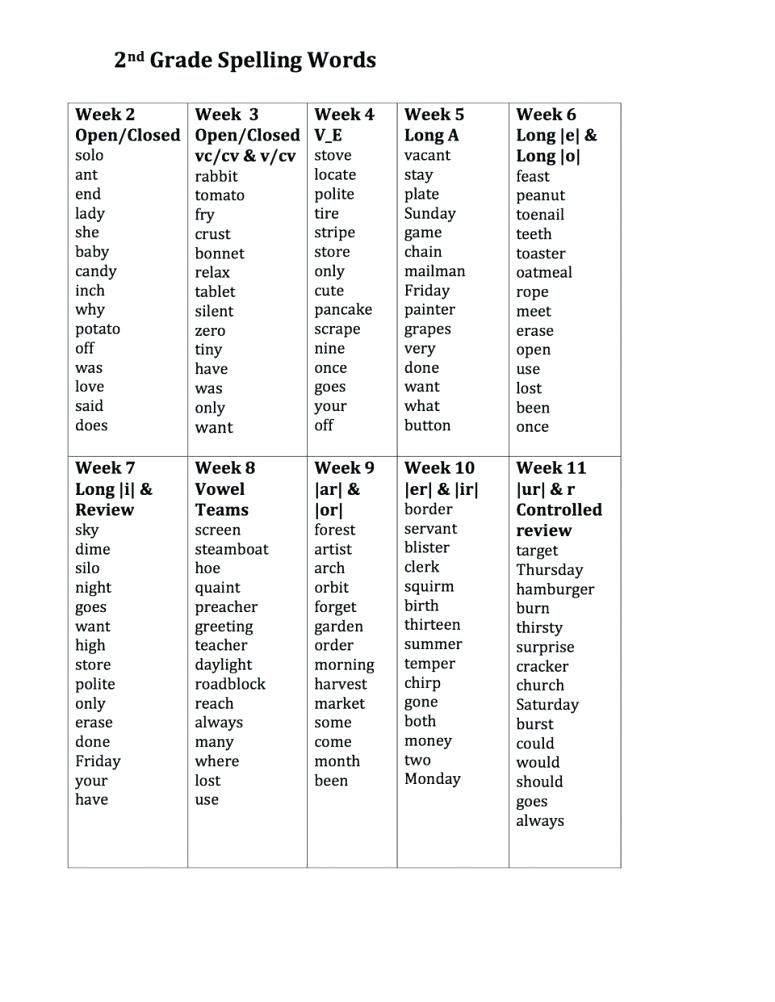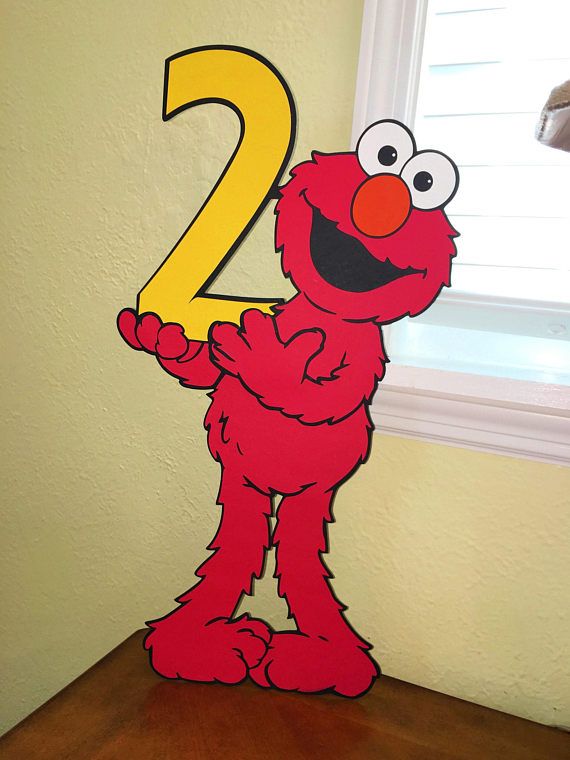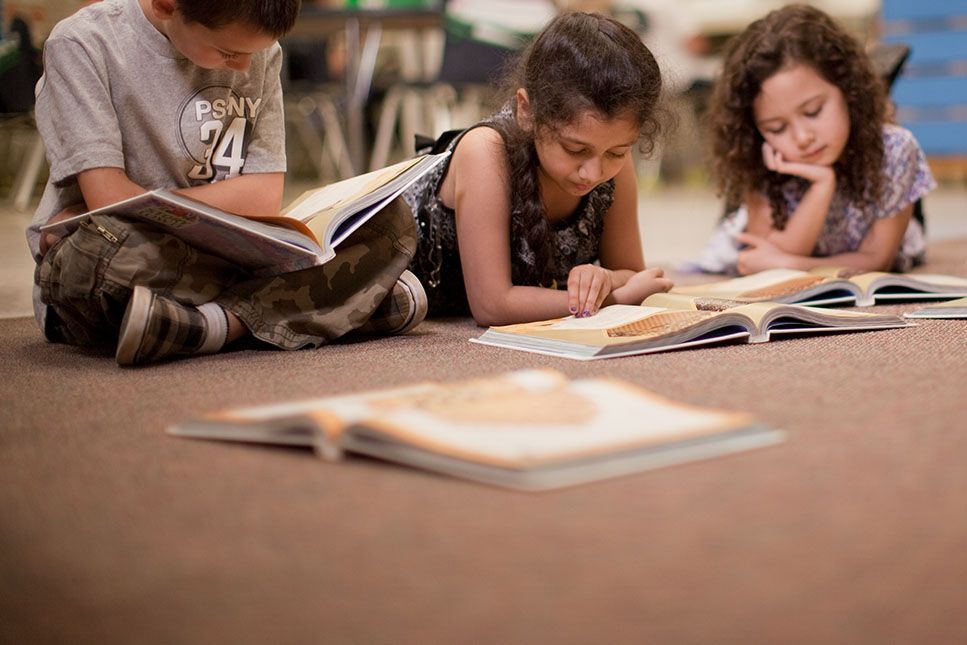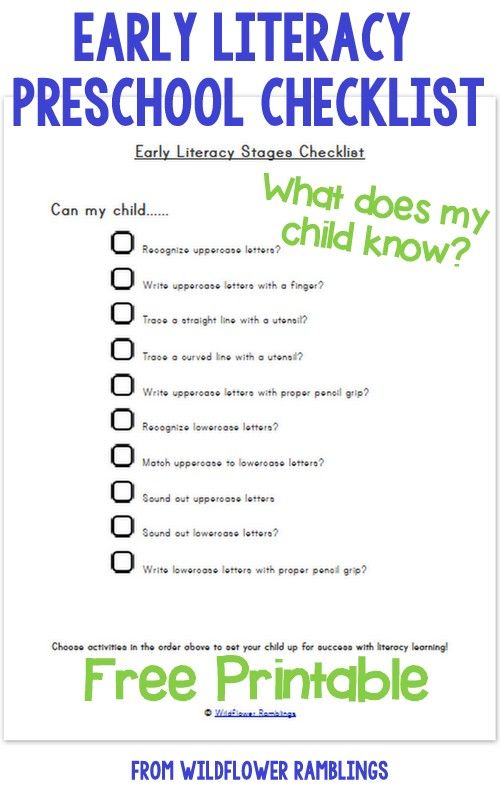Developing reading fluency
How to develop reading fluency – Bruce Murray, College of Education
- LESSONS: These links take you to research-based instruction in learning to read.
- How to develop reading fluency
Click here for a Ukrainian translation of this page by Anna Makesh, or here for a translation into Georgian by Ana Mirilashvili, or here for a translation into Kazakh by Alana Kerimova or here for a translation into Polish by Marek Murawski, or here for a translation into Estonian by Martin Aus, or here for a translation into Azerbaijanian by Amir Abbasov, or here for a translation into Croatian by Milica Novak, or here for a translation into Finnish by Elsa Jansson, or for a translation into Spanish by Chema Bescos.
Fluent reading is reading in which words are recognized automatically. With automatic word recognition, reading becomes faster, smoother, and more expressive, and students can begin to read silently, which is roughly twice as fast as oral reading.
But beginning readers usually do not read fluently; reading is often a word-by-word struggle.
How do we help children struggling with slow, painstaking sounding out and blending? Support and encourage them. Effortful decoding is a necessary step to sight recognition. You can say, “I know reading is tough right now, but this is how you learn new words.” Ask students to reread each sentence that requires unusual decoding effort.
In general, the fluency formula is this: Read and reread decodable words in connected text. Decode unknown words rather than guessing from context. Reread to master texts. Use text with words children can decode using known correspondences. Use whole, engaging texts to sustain interest.
There are two general approaches to improving fluency. The direct approach involves modeling and practice with repeated reading under time pressure. The indirect approach involves encouraging children to read voluntarily in their free time.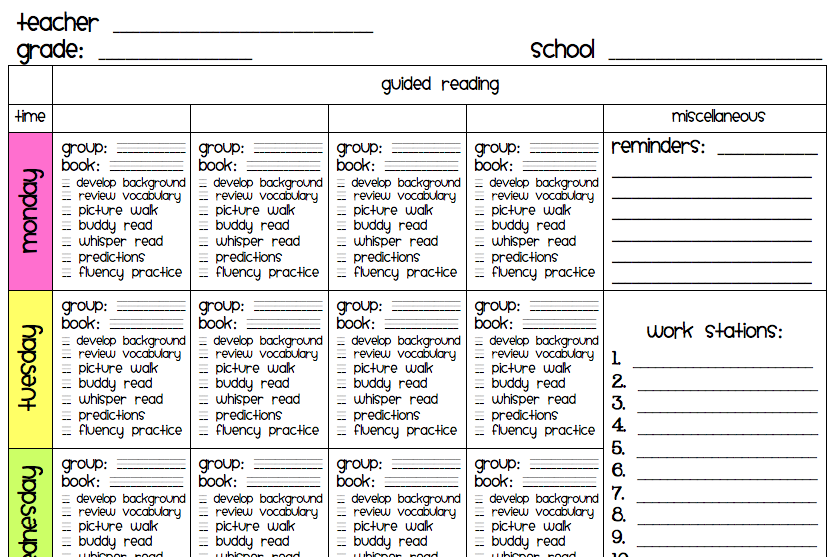
The method of repeated reading has the best track record for improving fluency. Fluency depends on getting many more words into sight vocabulary. When children are decoding words and self-correcting in context, they are adding sight vocabulary. Usually, it only takes about four trials to add a new word.
We often restrict reading lessons to “sight reading.” Who could learn a musical instrument by only sight-reading music and never repeating pieces until they could be played in rhythm, up to tempo, with musical expression? In repeated reading, children work on reading as they would work at making music: They continue working with each text until it is fluent. Repeated reading works best with readers who are full alphabetic, i.e., who know how to decode some words. Use a passage of 100 words or so at the instructional level. The text should be decodable, not predictable. The reader might select a favorite from among familiar books.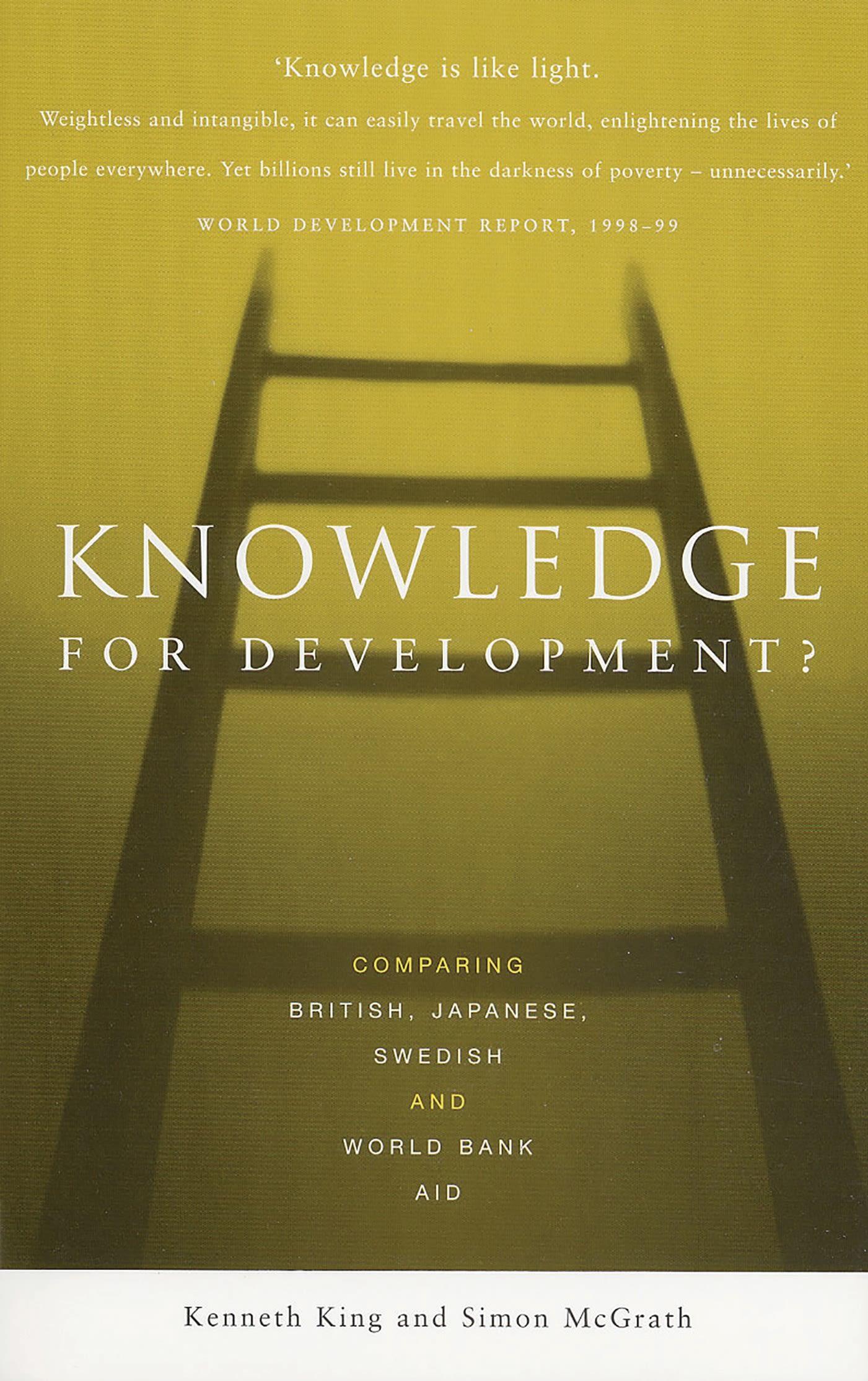
Here are two ways to frame repeated reading.
1. Graph how fast students read while continually checking for reading comprehension.
Graphing is motivating because it makes progress evident. The basic procedure is to have your student read a short book or chapter as you time the reading with a stopwatch (your cell phone probably has a good one). Graph the result with a child-friendly graph, e.g., moving a basketball player closer to a slam dunk. Here is the formula for correct words per minute:
[Number of words X 60] ÷ [Number of seconds]
You can quickly get the result with a hand calculator–again, on your phone. Aim for speed, not accuracy. Over repeated readings, speed in WPM will increase and errors will decrease. If you emphasize accuracy, speed falls off.
I recommend you get a baseline reading first. A realistic average goal for a first grade reader is 85 WPM, but adjust the goal to your student’s level–40 WPM may be plenty for very slow readers, and 100 WPM may be an appropriate challenge for others.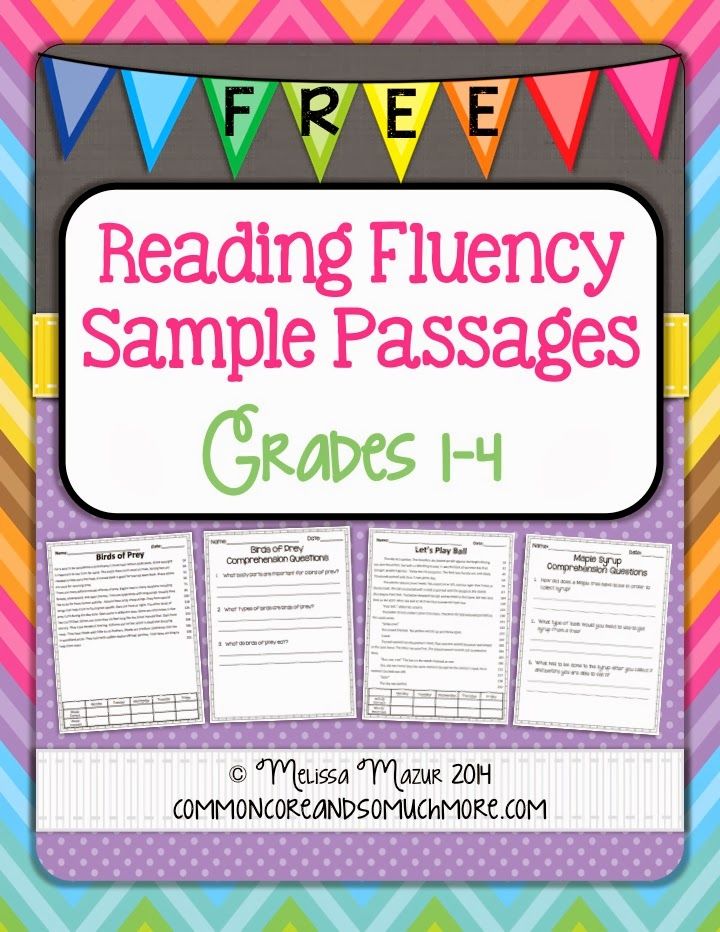 Laminate your chart, and place a scale in erasable marker to the side. When the goal is reached, raise the bar 5 WPM for the next book or chapter, which requires a new scale on your graph.
Laminate your chart, and place a scale in erasable marker to the side. When the goal is reached, raise the bar 5 WPM for the next book or chapter, which requires a new scale on your graph.
Keep in mind that as you time each reading, you need to keep track of missed words. Between readings, it is important to support reading in ordinary ways: Ask an open-ended question or make a comment about story events after each reading to keep a meaning focus. Help the student learn the words he or she struggled with, using coverups (have the reader uncover the word slowly with a craft stick to make sense of the spelling) and finishing the sentence to see if the attempt made sense. After identifying the word, have the student reread the sentence.
Repeated reading is surprisingly motivating because the reader sees his progress and enjoys his ability to read with speed and expression. They will often ask you if they can read the passage again!
2. Use check sheets for partner readings.
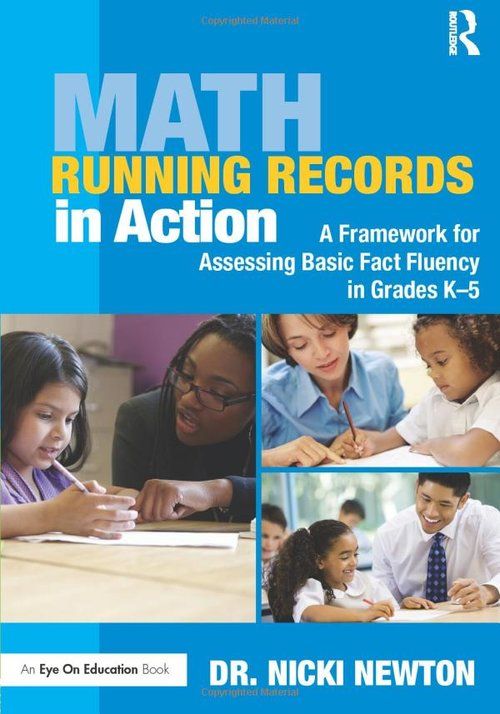
With a class of children, pair up readers to respond to one another. Begin by explaining what you’ll be listening for. Model fluent and nonfluent reading. For example, show the difference between smooth and choppy reading. Show how expressive readers make their voices go higher and lower, faster and slower, louder and softer.
In each pair, students take turns being the reader and the listener. The reader reads a selection three times. The listener gives a report after the second and third readings. All reports are complimentary. No criticism or advice is allowed.
The indirect approach: Voluntary reading.Sustained silent reading (SSR, a.k.a. DEAR, “drop everything and read”) gives children a daily opportunity to read and discover the pleasure of reading. Each student chooses a book or magazine, and the entire class reads for a set period of time each day. SSR has been shown to lead to more positive attitudes toward reading and to gains in reading achievement when peer discussion groups discuss the books they read. When students share their reactions to books with classmates, they get recommendations from peers they take seriously.
When students share their reactions to books with classmates, they get recommendations from peers they take seriously.
Tierney, Readence, and Dishner, in Reading Strategies and Practices (Allyn & Bacon, 1990, pp. 461-462) list three “cardinal rules” for SSR:
1. Everybody reads. Both students and teacher will read something of their own choosing. Any text that keeps the reader interested is acceptable. The teacher reads too. Completing homework assignments, grading papers, and similar activities are discouraged. I recommend teachers read children’s books so they can participate in discussions and give booktalks for their students.
2. There are to be no interruptions during SSR. The word uninterrupted is an essential part of the technique. Interruptions result in loss of comprehension and loss of interest by many students; therefore, questions and comments should be held until the silent reading period has concluded.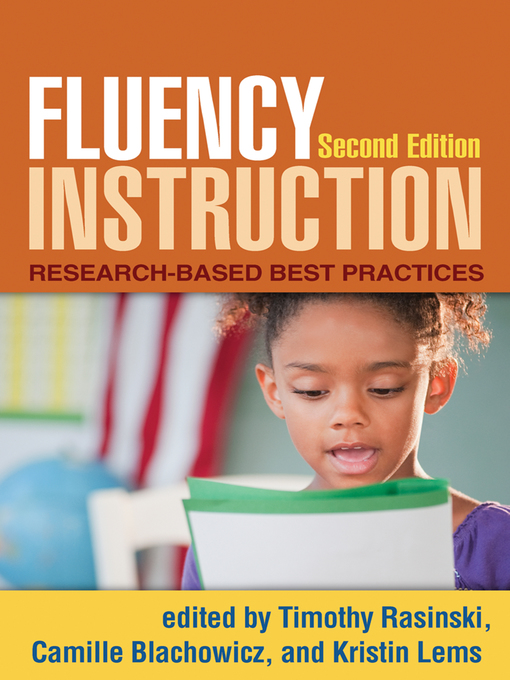
3. No one will be asked to report what they have read. It is essential that students recognize SSR is a period of free reading, with the emphasis on reading for enjoyment. Teachers should not require book reports, journal entries, or anything other than free reading. Do not give grades for SSR.
One landmark study of SSR* showed that reading gains from SSR depend on setting up discussion groups and other peer interactions around texts. In other words, students need to talk with one another about the books they are reading to motivate a significant increase in reading. With regular opportunities to discuss books, students learn about good books and read more because they want to read what their peers are reading. They usually experience peer pressure to read in order to be able to have something to say to their friends. In this way, reading becomes part of the culture of the classroom.
*Manning, C. L., & Manning, M. (1984). What models of recreational reading make a difference? Reading World, 23, 375-380.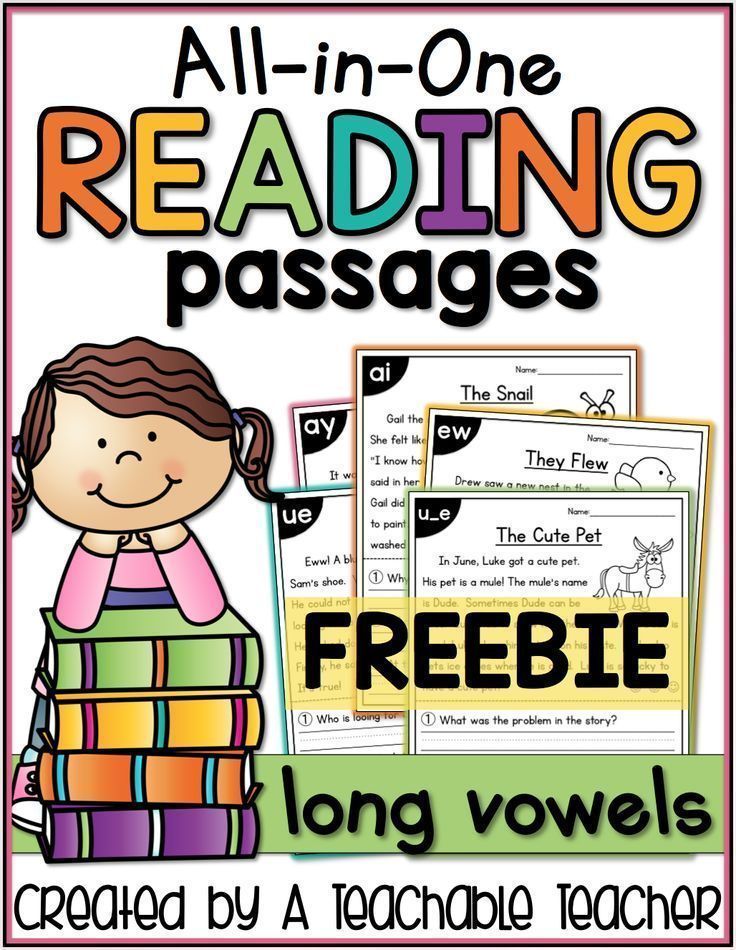
Other essentials for encouraging voluntary reading include a plentiful library of books and frequent opportunities to choose. Children should be allowed and encouraged to read page turners (e.g., easy series books) rather than the classics for their independent reading. For gaining fluency, quantity is more important than quality.
Book introductions help children make informed decisions about what they want to read. For an effective booktalk, choose a book you like. Show the illustrations to the students. Give a brief talk, hitting the high points: the setting, characters, and the inciting incident leading to the problem or goal. Do not get into the plot, and especially not the resolution! If there is no clear plot, ask a have-you-ever question (e.g., Have you ever been afraid of the dark?) and relate the question to the book. Good booktalks often feature some oral reading, e.g., of a suspenseful part.
Return to the Reading Genie homepage.
Last modified: September 6, 2022
Two Methods for Developing Fluency
Fluency means reading faster, smoother, more expressively, or more quietly with goal of reading silently. Fluent reading approaches the speed of speech. Beginning readers usually do not read fluently; reading is often a word-by-word struggle.
Fluent reading approaches the speed of speech. Beginning readers usually do not read fluently; reading is often a word-by-word struggle.
How do we help children struggling with slow, painstaking sounding out and blending? Support and encourage them. Effortful decoding is a necessary step to sight recognition. "I know reading is tough right now, but this is how you learn new words." Ask them to reread each sentence that requires unusual decoding effort.
In general, the fluency formula is: Read and reread decodable words in connected text. Decode unknown words rather than guessing from context. Reread to master texts. Use text with words children can decode using known correspondences. Use whole texts to sustain interest.
There are two general approaches to improving fluency. The direct approach involves modeling and practice with repeated reading under time pressure. The indirect approach involves encouraging children to read voluntarily in their free time.
The direct approach: Repeated readings
We often restrict reading lessons to "sight reading. " Who could learn a musical instrument by only sight-reading music and never repeating pieces until they could be played in rhythm, up to tempo, with musical expression?
" Who could learn a musical instrument by only sight-reading music and never repeating pieces until they could be played in rhythm, up to tempo, with musical expression?
In repeated reading, children work on reading as they would work at making music: They continue working with each text until it is fluent. Repeated reading works best with readers who have reached at least a primer instructional level. Use a passage of 100 words or so at the instructional level. The text should be decodable, not predictable. The reader might select a favorite from among familiar books.
Two ways to frame repeated reading:
- Graph how fast students read with a "1 Minute Read." Graphing is motivating because it makes progress evident. Emphasize speed rather than accuracy. Set a reachable but challenging goal, e.g., 85 words per minute. Have the student read for 1 minute. Count the number of words read and graph the result with an easily understood chart, e.g., move a basketball player closer to slam dunk.
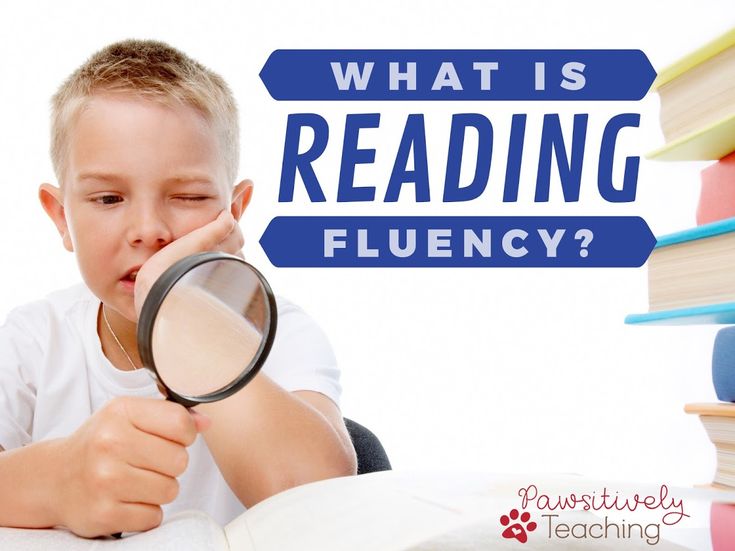
- Use check sheets for partner readings. With a class of children, pair up readers to respond to one another.
Begin by explaining what you'll be listening for; model fluent and non-fluent reading. For example, show the difference between smooth and choppy reading. Show how expressive readers make their voices go higher and lower, faster and slower, louder and softer.
In each pair, students take turns being the reader and the listener. The reader reads a selection three times. The listener gives a report after the 2nd and 3rd readings. All reports are complimentary. No criticism or advice is allowed.
The indirect approach: Voluntary reading
Sustained silent reading (SSR, a.k.a. DEAR, "drop everything and read") gives children a daily opportunity to read and discover the pleasure of reading. Each student chooses a book or magazine, and the entire class reads for a set period of time each day.
SSR has been shown to lead to more positive attitudes toward reading.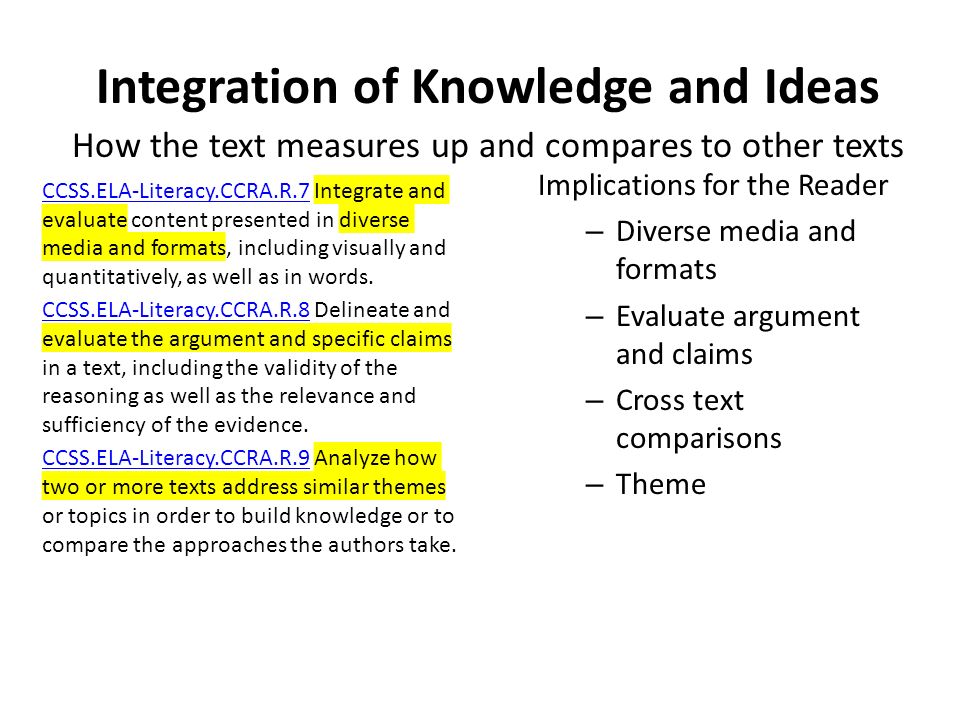 In addition, the use of peer discussion groups with SSR leads to gains in reading achievement. When students share their reactions to books with classmates, they get recommendations from peers they take seriously.
In addition, the use of peer discussion groups with SSR leads to gains in reading achievement. When students share their reactions to books with classmates, they get recommendations from peers they take seriously.
Tierney, Readence, and Dishner, in Reading Strategies and Practices (Allyn & Bacon, 1990, pp. 461-462) list three "cardinal rules" for SSR:
- Everybody reads. Both students and teacher will read something of their own choosing. Completing homework assignments, grading papers, and similar activities are discouraged. The reading should be for the pleasure of the reader.
- There are to be no interruptions during USSR. The word uninterrupted is an essential part of the technique. Interruptions result in loss of comprehension and loss of interest by many students; therefore, questions and comments should be held until the silent reading period has concluded.
- No one will be asked to report what they have read. It is essential that students feel that this is a period of free reading, with the emphasis on reading for enjoyment.

Other essentials for encouraging voluntary reading include a plentiful library of books and frequent opportunities to choose. Children should be allowed and encouraged to read page turners (e.g., easy series books) rather than the classics for their independent reading. For gaining fluency, quantity is more important than quality.
Book introductions help children make informed decisions about what they want to read. For an effective booktalk, choose a book you like. Show the illustrations to the students. Give a brief talk, hitting the high points: the setting, characters, and the inciting incident leading to the problem or goal. Do not get into the plot, and especially not the resolution. If there is no clear plot, ask a have-you-ever question (e.g., Have you ever been afraid of the dark?) and relate the question to the book. Good booktalks often feature some oral reading, e.g., of a suspenseful part.
Exercises for developing reading fluency. | Methodical development on reading on the topic:
Exercises for the development of reading fluency.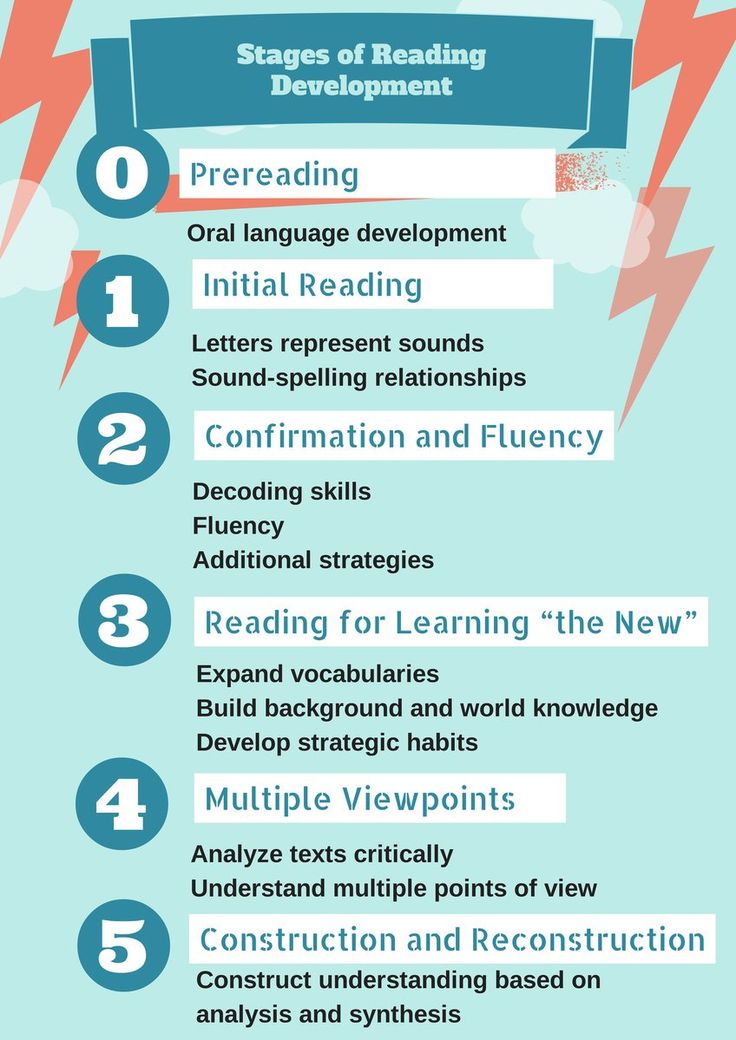
Often in reading lessons I use the method of expression in creative situations. The alternation of different types of activities in reading lessons reduces fatigue, children have more time, they understand the purpose, the meaning of their work, since their activity is motivated.
Reading is the most important means of obtaining knowledge. In my lessons, I use speed reading techniques that help train memory and speed up reading technique.
Articulation gymnastics.
a) warm-up
inhale through the nose, exhale through the mouth;
inhalation, retention of breath, exhalation;
inhale, exhale in portions.
b) exercises for developing clarity of pronunciation:
Planes take off: woo.
Cars are moving: w-w-w.
The horses galloped: tsok-tsok-tsok.
A snake is crawling nearby: shhhh.
c) reading tongue twisters in a whisper and slowly:
ra-ra-ra - the game begins,
ru-ru-ru - I hit the ball with my hand.
d) reading softly and moderately:
arch of artza
arta arda
e) reading loudly and quickly:
burning - steam - burning
door - beast - 9 worm
set carried water from under the waterfall.
2. Speak, speak, don't talk too much.
3. Geese cackle up the mountain, fire burns under the mountain.
The student takes a deep breath and on exhalation reads 15 consonants of one row:
BTMPVChFKNShLZTsS KVMSPLBShGRDBLST PRLGNTVSCHTSFBHNM
Folding words from halves.
Take from 3 to 10 words, each of them is written on two small cards. The child is invited to quickly fold the cards so that meaningful words are obtained. In a more complex version, words similar in spelling are offered.
This exercise develops the ability to make a guess about the whole word from a single fragment and immediately confirm it with the missing fragment. In addition, an attitude is formed on the letter-by-letter analysis of the word.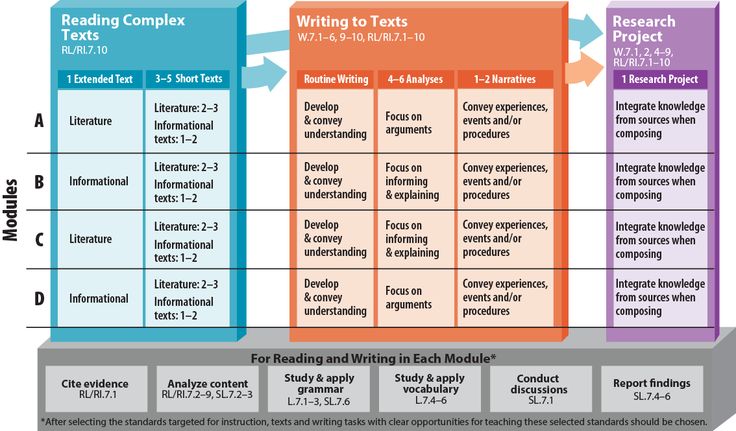
To develop speed and flexibility (the ability to change the speed of reading depending on the content), exercise is used
“Tugboat”
The essence of the exercise “Tugboat” is reading in pairs. An adult reads “to himself” and follows the book with his finger. And the child reads aloud, but on the finger of an adult. Thus, he must keep up with his reading.
The second variant of the “Tugboat” exercise consists in simultaneous reading aloud by an adult and a child. An adult reads within the speed of a child, who must adjust to his pace. Then the adult stops and continues to read "to himself", the child follows his example. Then read aloud again. And if the child correctly “caught” the pace of reading, then he will “meet” him on one word.
Multiple reading
The student is asked to start reading and continue it for one minute. After that, the student notes to what place he has read. This is followed by a second reading of the same passage of text.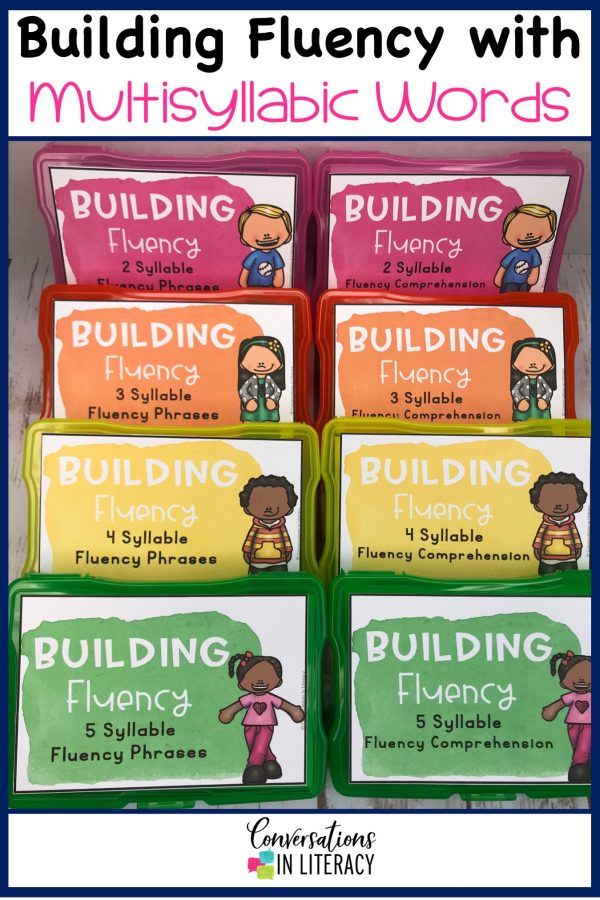 After that, the student again notices to which word he has read, and compares it with the results of the first reading. Naturally, the second time he read a few words more (someone for 2 words, someone for 5, and someone for 15). The increase in the pace of reading causes positive emotions in the child, he wants to read again. However, this should not be done more than three times! Avoid fatigue. Fix the situation of success. Praise the child.
After that, the student again notices to which word he has read, and compares it with the results of the first reading. Naturally, the second time he read a few words more (someone for 2 words, someone for 5, and someone for 15). The increase in the pace of reading causes positive emotions in the child, he wants to read again. However, this should not be done more than three times! Avoid fatigue. Fix the situation of success. Praise the child.
“Throw-serif”
Its purpose is to develop the visual ability to navigate in the text. It consists in the following:
The child puts his hands on his knees and begins to read the text aloud at the command “Throw”. When the “Serif” command is given, the reader takes his head off the book, closes his eyes and rests for a few seconds, while his hands remain on his knees. On the command “Throw”, the child must find with his eyes the place in the book where he stopped and continue reading aloud. This exercise can last about 5 minutes.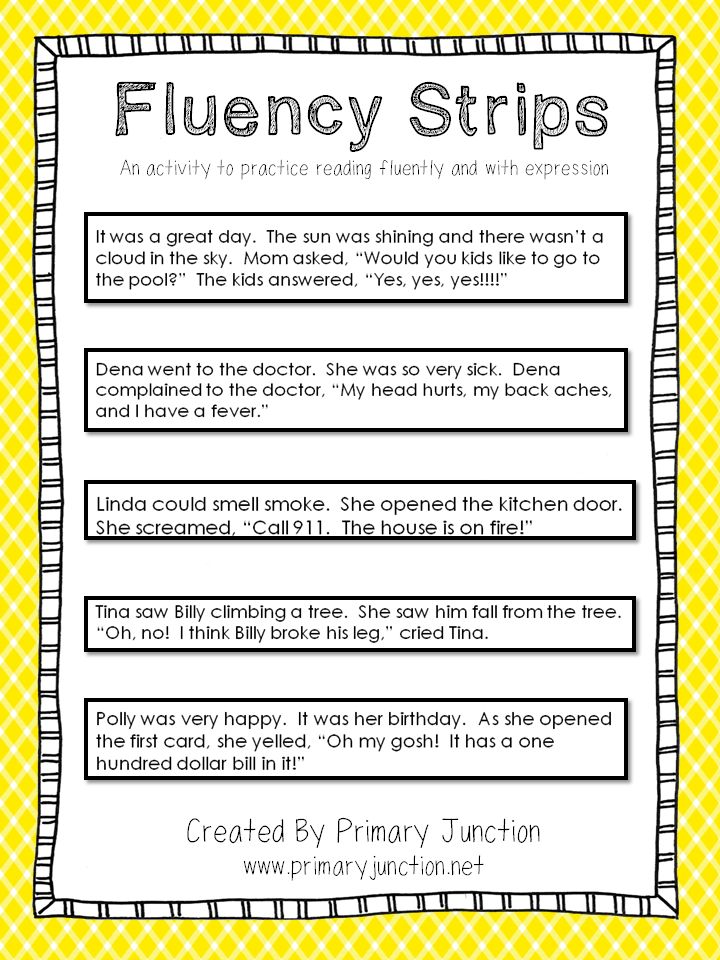
Exercises aimed at reading comprehension.
- Name in one word CHIZH, ROOK, OWL, SWALLOW, SWIFT.
- Divide the words into groups HARE, BEAR, PEA, KOPPLE, HEDGEON, WOLF, CUCUMBER.
- The next type of work, where all the words are written together.
They went to the lake in the evening to spend the night.
The main thing is that the child likes to read. When working on the text in reading lessons, I use the following exercises.
Reading "ECHO"
At the first stage of learning, a well-read student begins to read one word from a sentence, and a weak reader reads the same word next.
Purpose: the strong feel responsible, and the weak more self-confident. At a later stage of training, the strong and the weak change roles.
Reading "SPRINT"
They read an unfamiliar text to themselves, and after reading they answer the questions formulated before reading to the text.
Reminders
- Close your lips and teeth tightly.

- Read only with your eyes.
- Read as fast as you can.
- Answer the questions to the text.
Reading "INTELLIGENCE".
It lies in the fact that children scan the text at the maximum speed for them and find answers to the questions posed by the teacher before reading. Thus, children learn not only vertical reading, but also the ability to navigate in the text, to find the main thing. Each of these exercises takes 5-7 minutes to complete.
Buzzing reading. This is such a reading when all students read aloud at the same time, in an undertone, so as not to disturb others, each at his own speed.
At each reading lesson I work on the development of reading technique and the development of working memory. I do this with the help of visual dictations, the texts of which were developed and proposed by Professor I.T. Fedorenko. Methods and techniques of teaching serve as a means of organizing the cognitive activity of students, the formation of their personality.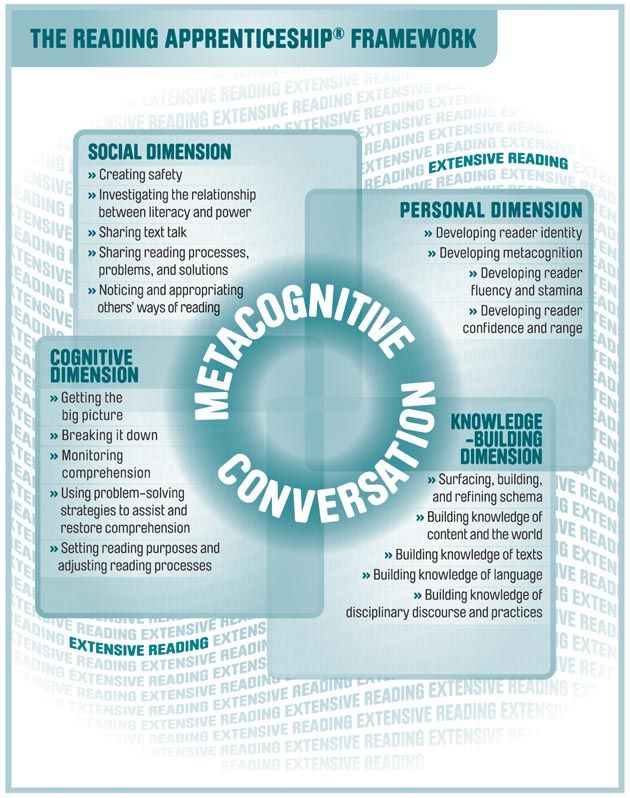 I pay a lot of attention to dramatization and reading by roles. This helps children visually see the content of a literary work. Thus, reading, being one of the main means of discovering the world during the period of primary education, is associated with the development of linguistic thinking.
I pay a lot of attention to dramatization and reading by roles. This helps children visually see the content of a literary work. Thus, reading, being one of the main means of discovering the world during the period of primary education, is associated with the development of linguistic thinking.
Reading lessons can provide children with intensive development of imagination, feelings, thinking, memory, speech.
Development of reading fluency in primary school students
Reading can be compared to the main road in the land of knowledge. All subsequent education - mathematics, biology, social sciences will be based on the child's ability to understand what is written, use the language, on his ability to isolate the meaning of the written text.
Reading is one of the complex and significant forms of human mental activity that performs psychological and social functions. Reading is a complex intellectual process, multi-level and multi-link in structure, active in flow.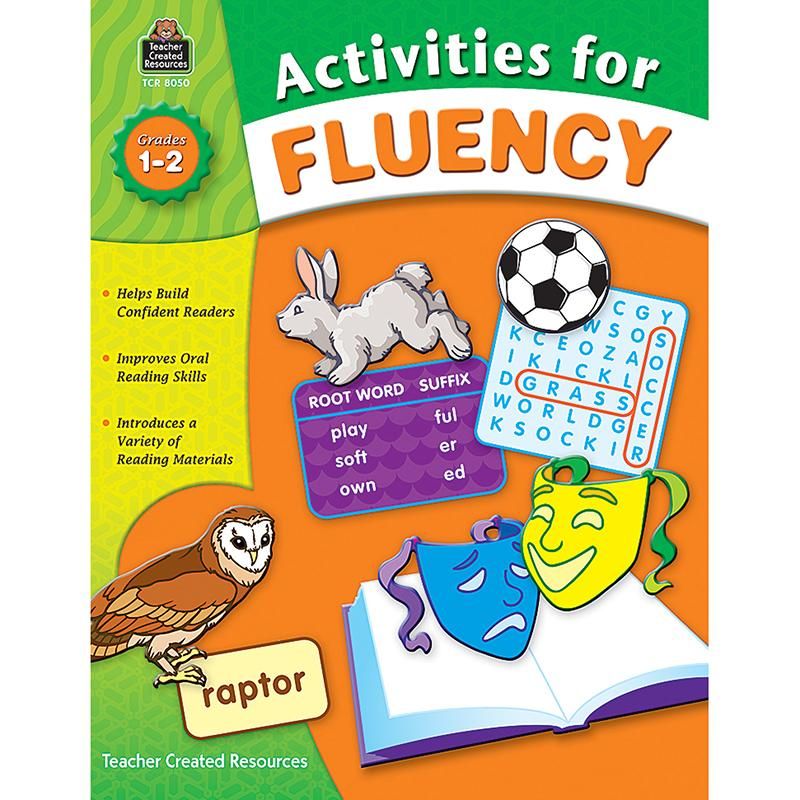
In order to read correctly and at high speed, you need the coordinated work of several analyzers: visual, speech-motor, speech-auditory. The process of reading begins with visual perception, discrimination and recognition of letters. In the future, the letters are correlated with the corresponding sounds and the sound-producing image of the word is reproduced, its reading is carried out. And, finally, due to the correlation of the sound form of the word with its meaning, the understanding of what is being read is carried out.
Reading skill characteristics include:
- correctness;
- consciousness;
- fluency;
- expressiveness.
Without the ability to read clearly, without errors, expressively, the student will not understand the meaning of the text, and the main goal of reading will not be achieved. Therefore, working on the technical side of the reading process, on developing a fairly fast pace, is very important.
Reading fluency is the normal pace of reading that contributes to the conscious and correct perception of the text.
In elementary school students, and especially in students with speech disorders, very often this skill is not sufficiently formed. There are few methodological developments on this problem.
The purpose of work is to develop reading fluency in primary school students.
The implementation of this goal was carried out in the process of solving the following tasks:
- Reading literature on this topic.
- Selection of special exercises aimed at developing fluent reading.
- Creation of didactic games and visual material.
- The use of special exercises, didactic games and aids in speech therapy classes to overcome dyslexia.
- Development of a methodology for developing reading fluency in younger students and the implementation of experimental teaching of students.
- Formation in children of interest in books, in independent reading.
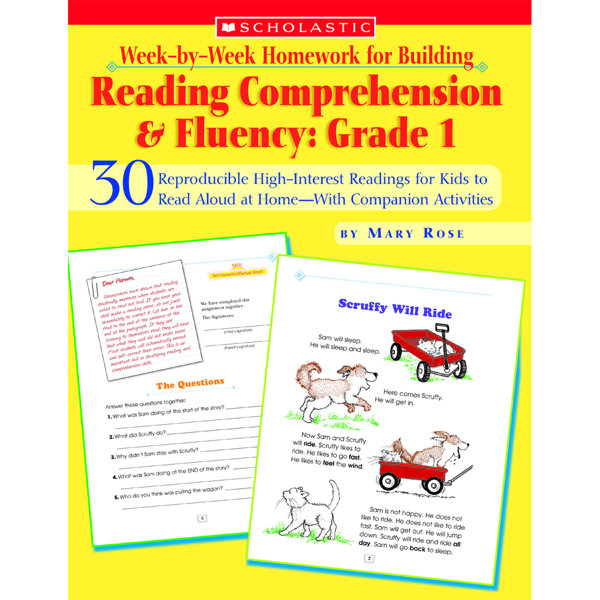
Based on the methodological developments of Lalaeva R.I., Kornev A.N., Kostromina S.N., Nagaeva L.G., Kozyreva L.M., Gorodilova V.I. and taking into account the principles of consistency and systematicity, accessibility and specificity, a methodology was created, the purpose of which is to help students with speech disorders (fuzzy, blurry articulation, deficiencies in the development of phonemic and lexico-grammatical aspects of speech) in mastering the skill of fluent reading.
To achieve this goal, it is necessary that parallel work be carried out in the following areas:
- development of phonemic analysis, synthesis, representations;
- development of phonemic perception, differentiation of letters denoting acoustic-articulatory close sounds;
- development of mobility of the articulatory apparatus, the formation of the skill of pronunciation of words of a complex syllabic composition;
- activation and replenishment of vocabulary;
- improvement of the grammatical structure of speech;
- development of visual perception, attention and memory;
- formation of activity, independence, skills of control and self-control.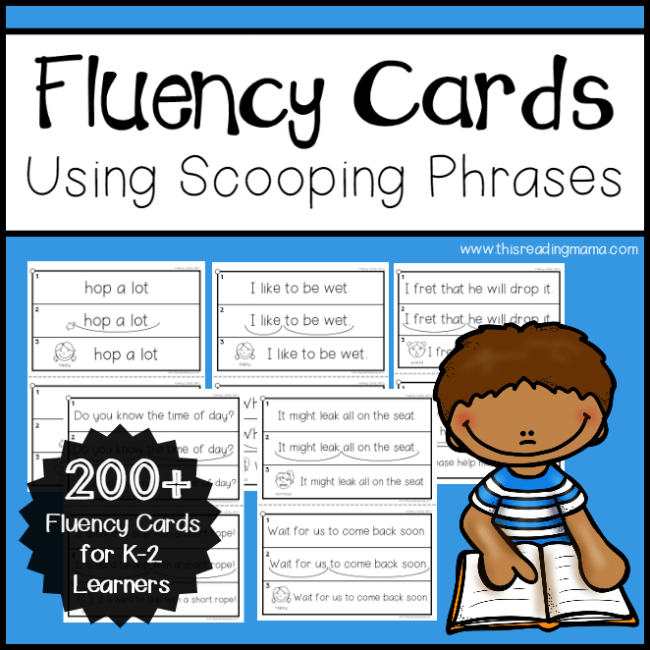
This technique is a system of exercises and speech games presented on cards (size 10*15) and designed as individual albums, as well as a set of visual material for group reading. The addressee is students of 2-3 grades. Selectively, the methodology can also be used in work with students of the 1st and 4th grades.
The optimal conditions for correctional and developmental work are the joint activities of students, teachers, speech therapists and parents. Classes are recommended to be carried out 3 times a week, lasting 10-15 minutes (with individual lessons 5-10 minutes), with daily training exercises at home.
Based on the tasks listed above, 2 sections of the methodology were developed.
The first section is aimed at developing the skill of fluent reading through various, unusual exercises with syllables, words, sentences and texts, the implementation of which in a relaxed atmosphere creates a positive emotional background and ensures the formation of a number of perceptual and mental operations and abilities, which, as components components are included in the reading process.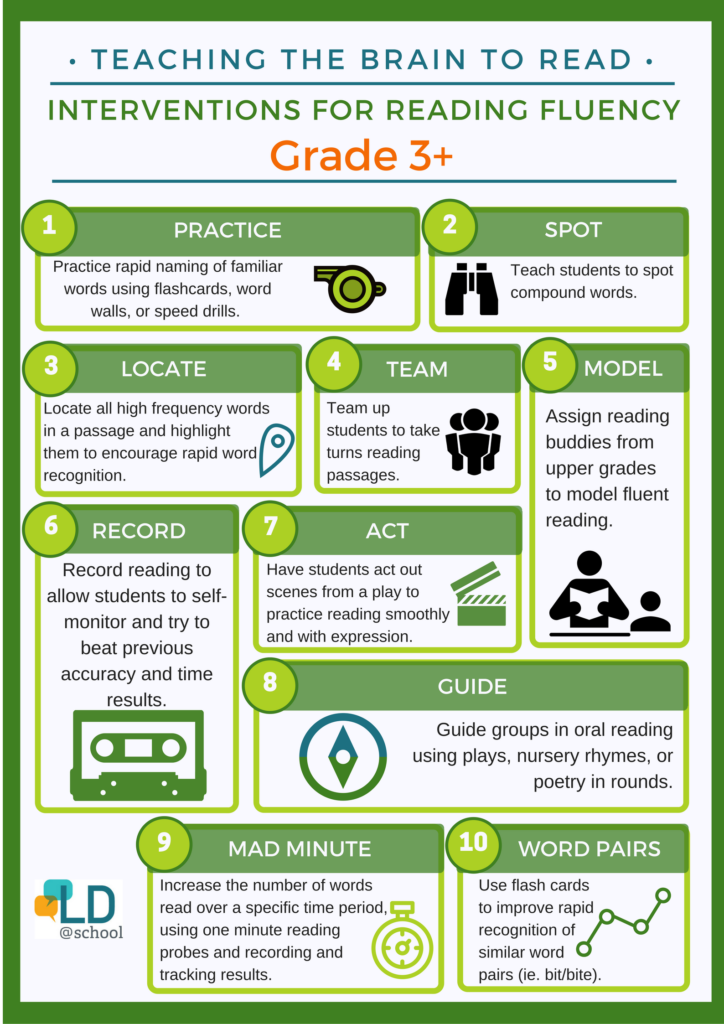 In other words, the child with difficulty in reading is encouraged to take a break from this "tedious" activity for a while and instead engage in fun exercises with verbal material; the implementation of these exercises leads to the formation of a number of important operations that underlie reading; having mastered them, the child subsequently reads much better.
In other words, the child with difficulty in reading is encouraged to take a break from this "tedious" activity for a while and instead engage in fun exercises with verbal material; the implementation of these exercises leads to the formation of a number of important operations that underlie reading; having mastered them, the child subsequently reads much better.
The proposed set of exercises is aimed at the formation and automation of reading skills in the following sequence:
1) reading syllables;
2) reading words;
3) reading phrases and sentences;
4) reading tongue twisters and tongue twisters;
5) reading texts.
Here are some examples of cards:
1. Reading open syllables .
Tasks:
- read syllables in green, red, etc.;
- read syllables consisting of large letters, from letters of small print;
- read syllables with the vowel A, with the vowel I, etc.;
- come up with words that begin with these syllables;
- read the syllables in columns, line by line;
- read 1 line of syllables in one breath, 2 lines of syllables;
- read the syllables in columns from bottom to top, in lines from right to left;
- read the syllables for a while.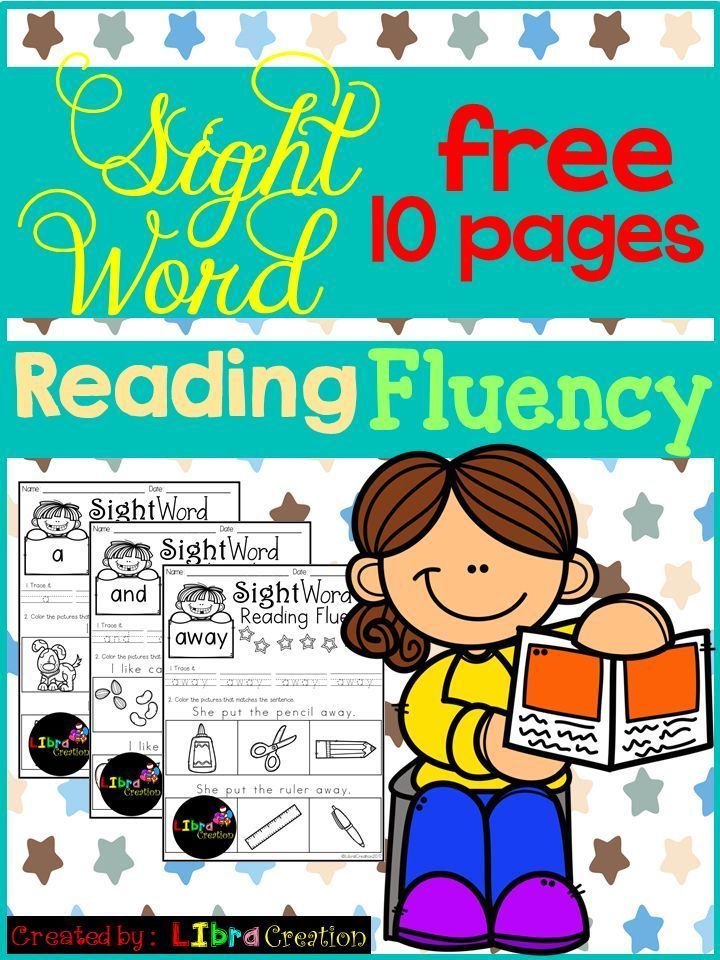
2. Reading words
3. Reading sentences
4. Reading tongue twisters
| Sha-sha-sha - mother washes the baby Shu-shu-shu - I'm writing a letter Ash-ash-ash - Vova has a pencil Zha-zha-zha - the hedgehog has needles Zhu-zhu-zhu - let's give milk to a hedgehog Cha-cha-cha - a candle burns in the room Choo-choo-choo - I knock with a hammer Och-och-och - the night has come Scha-scha-scha - we bring home a bream Ash-ash-ash - we put on a raincoat Lo-lo-lo - it's warm outside Lu-lu-lu - the table is in the corner Ul-ul-ul - our chair broke Ra-ra-ra - it's time for Katya to sleep Ro-ro-ro - there is a bucket on the floor Ry-ry-ry - mosquitoes fly |
Read the poem
TRACTOR in the sky - like a bird,
BOAT rushes along the rails,
TRAIN runs on the river,
Glider plows in the distance,
FISH neighs under the rider,
The HORSE leads with its fin.
Now try to "arrange" the words correctly.
| On a winter evening… we return… from a ski… walk…. We are... out of the birch... grove. In the distance one could see the neighboring ... village .... The road took us to a little... rivers.... It left... a steep climb up the hill... - and we are at school... . On the square ... near school ... a teacher was waiting for us ... from groups ... guys. Weekend… day we always spend… for fresh… air…. Tomorrow with new ... strength ... for learning. |
The second section of is devoted to developing the skill of fluent, clear reading in speech therapy classes to overcome lexical and grammatical disorders and fill in the gaps in the development of the sound side of speech (I and II stages of correctional work).
When conducting classes with a group of children, a speech therapist very often has to deal with a lack of practical material for students to read. Therefore, the second section includes exercises aimed at correcting and improving various aspects of speech:
Therefore, the second section includes exercises aimed at correcting and improving various aspects of speech:
1. Development of a clear auditory-pronunciation differentiation of oppositional sounds on the material:
- syllables;
- words;
- phrases and sentences;
- tongue twisters and tongue twisters;
- text.
2. Activation and replenishment of the dictionary both by accumulating new words that are different parts of speech, and by developing the ability to actively use various methods of word formation. Students should be encouraged to read:
- single root words;
- words formed with the help of different prefixes from the same root;
- words that have the same prefixes, but different roots;
- words formed with the help of suffixes from one root;
- words that have the same suffixes but different roots;
- different words with the same endings;
- antonyms, synonyms.
3. Improving the grammatical structure of speech by students mastering word combinations, the connection of words in a sentence, models of various syntactic constructions.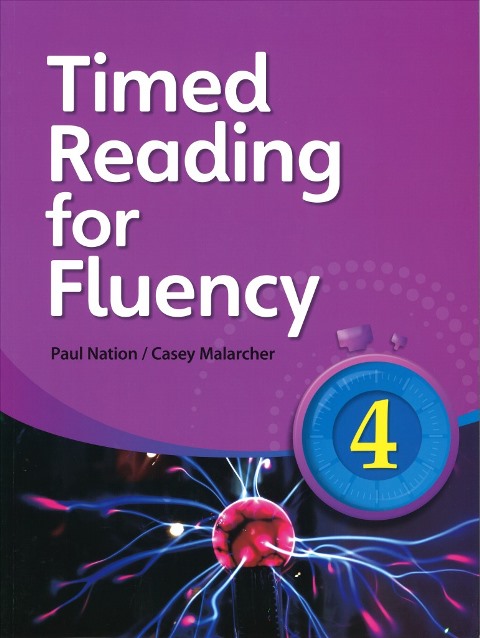
Practical reading material includes exercises to develop the following skills:
- use of prepositional case constructions;
- the use of nouns in the singular and plural;
- agreement of nouns with adjectives, numerals;
- differentiation of verbs singular. and many others. numbers, changing past tense verbs by gender;
- the use of sentences of complex syntactic constructions.
Thus, the second section presents exercises that develop not only reading fluency, but also one of its most important qualities - awareness.
Examples of reading cards:
1. Differentiation C - D
Orally make up a sentence with each word.
slide - crust grotto - mole
guests - dice caviar - game
count - goal Galina - viburnum
tracing paper - pebble voice - ear
- read the words without errors
Chickens, kettlebell, injection, caviar, road, shop, pocket, rope,
weather, cover, bell, giant, city, formidable, gl-
ba, brigade, heels, pigeons, boots.
- complete the words by adding the syllable ha or ka
Ru… nit……zeta kocher… ma…zin
But… beat… …razhi soba… ru…wa
Ro… sem… …reta ram… ro…thy
Re… vet… …feeding shovels… ma…rons
Lou…nor… …chely bere… b…ty
b) on the material of phrases
Gift, to give, donated.
Offended, offended, offended.
Runaway, runaway, runaway.
Gait, walking, marching.
Clean, clean, clean.
Greenery, greenery, greenery.
Freshness, refresh, fresh.
Fun, have fun, cheerful.
Freeze, freeze, frosty.
Repair deformed text using words with the same root.
It's snowing. The lungs smoothly fall to the ground ... . And now they have already dressed in ... a fur coat on the roofs of houses, streets, squares. Toddlers expanse. Ka-tyat ... clods, they mold fat ones .